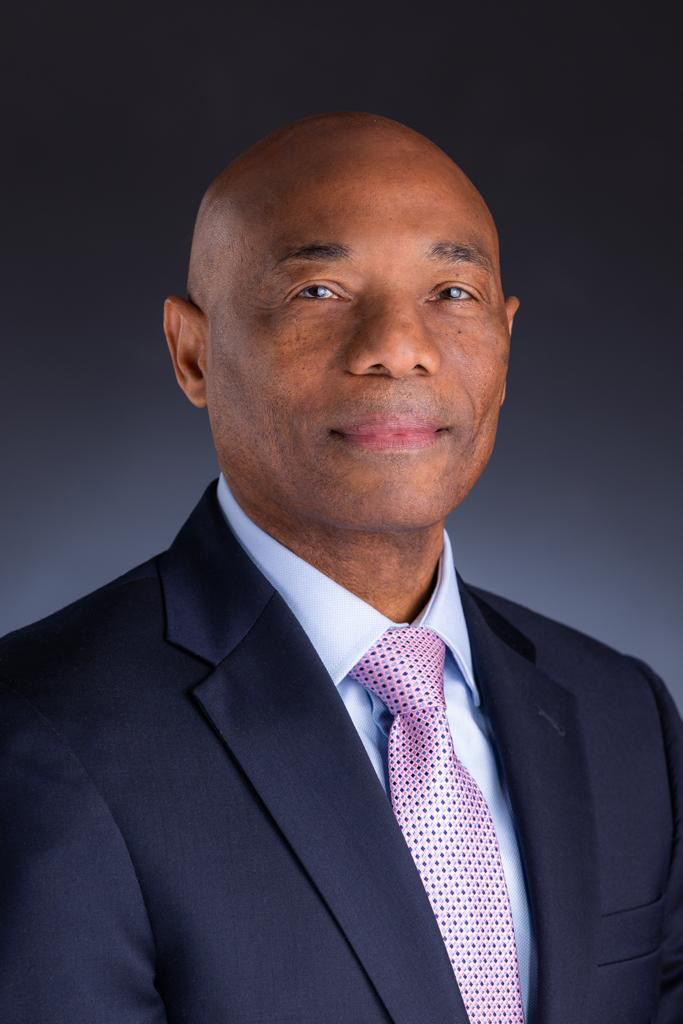In a matter of just over a week, the presidency of the Caribbean Development Bank (CDB) will change hands with the St. Lucian national, Dr Hyginus ‘Gene’ Leon succeeding Dr William Warren Smith as head of the regional development support institution.
Back in January, the Board of Governors of the CDB elected the former senior International Monetary Fund (IMF) official to the position, his credentials having included more than 24 years, serving as Mission Chief in the Gulf States of Oman, Qatar and the United Arab Emirates, as well as in The Bahamas, Jamaica, Nigeria, and Zimbabwe.
Dr Smith’s decade-long tenure as the CDB’s Chief Executive Officer comes to an end with the Bank having grown in terms of its contribution to supporting development in a Caribbean Community that includes a number of tiny, impoverished island states.

Dr Leon, whose appointment to what is considered one of the most prestigious positions in the regional civil service, also boasts an international service record that includes an Associate Professorship at the State University of New York. He has also served as Director of Research at the Central Bank of Barbados, and Country Economist with the CDB.
Dr Leon assumes the leadership of the CDB at a time when the regional development support institution is preoccupied with an agenda that includes financing critical development-related projects in a region comprised mostly of poor, largely underdeveloped countries and, more recently, allocating resources to a region hard-hit by the impact of the global COVID-19 pandemic. In recent weeks the Bank has also been required to respond to the impact of the devastating volcano in St Vincent which has forced the displacement of large numbers of Vincentians and thrown the CARICOM member state into a condition where even drinking water has become a challenge.
The CDB was established by way of a regional agreement signed by member countries in Kingston, Jamaica on October 18, 1969. It entered into force on January 26th, 1970. Under Article 1 of the Agreement creating the CDB it was set up for the purpose of contributing to the harmonious growth and development of member countries of the region and promoting economic cooperation and integration among them, whilst paying special and urgent regard to the needs of the less developed members of the region.
Back in October last year, the Jamaican-born outgoing president of the CDB used the occasion of the Bank’s Fiftieth Annual General Meeting to call for the completion of projects linked to the realisation of regional integration for the purpose of growing the economies of the Caribbean and raising the standard of living across the region.
Smith, who first took up the appointment as the Bank’s President in May 2011, also used the occasion of the Bank’s fiftieth Annual General Meeting to state that during the decade of his occupancy of the Bank’s presidency it had played a role in narrowing the infrastructure deficit in the Caribbean and had contributed to improving access to social and economic services in the region. During that time, Smith said, the CDB had afforded countries in the region funding to finance the construction and upgrading of around 2,400 kilometres of roads in the region and had also been instrumental in ensuring that some sixty communities across the region had benefitted from community-based interventions designed to strengthen capacity to cope with hazard-related occurrences.






